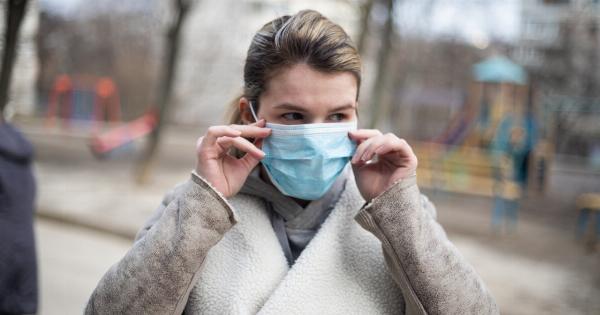As flu season rages on, it has claimed the lives of 110 Americans and put 111 more in intensive care, according to recent reports from the Centers for Disease Control and Prevention (CDC).
What is the Flu?
Before diving into the statistics, it is important to understand what the flu is. Influenza, commonly referred to as the flu, is a contagious respiratory illness caused by influenza viruses.
It generally starts with symptoms such as fever, cough, sore throat, runny or stuffy nose, body aches, headache, chills, and fatigue. While most people will recover from the flu within a week or two, it can lead to severe complications, especially in young children, older adults, and people with underlying health conditions.
Flu Season in the United States
Flu season in the United States typically runs from October through May, with the peak of the season occurring in February.
While there are many strains of the flu, the most common type of virus circulating this season is the H3N2 strain, which tends to cause more severe illness, particularly among older adults.
Statistics on Flu-related Deaths and Hospitalizations
According to the CDC, there have been 110 flu-related deaths in the United States this season, with the majority of cases occurring among people aged 65 and older.
In addition to the fatalities, there have been 111 more cases of hospitalized patients in intensive care due to the flu.
While these numbers may seem small in comparison to the overall population of the United States, the flu can spread quickly and exponentially if not properly contained.
It is important to take precautions to avoid getting and spreading the flu, such as getting a flu shot, washing your hands frequently, and staying home if you are sick.
Importance of Getting a Flu Shot
Getting vaccinated is an important step in protecting yourself and those around you from the flu. The CDC recommends that everyone 6 months of age and older should get a flu vaccine every season.
The vaccine can reduce your risk of getting the flu by up to 60%, and can also lessen the severity of symptoms in the event that you do contract the virus. Even if you do get the flu after being vaccinated, the illness will likely be shorter and less severe.
Preventing the Spread of the Flu
In addition to getting vaccinated, there are several other steps you can take to prevent the spread of the flu:.
- Wash your hands often with soap and water for at least 20 seconds, especially after coughing or sneezing, or use an alcohol-based hand sanitizer if soap and water aren’t available.
- Cover your nose and mouth with a tissue when you cough or sneeze. Throw the tissue in the trash after you use it.
- Avoid touching your eyes, nose, and mouth. Germs spread this way.
- Avoid close contact with sick people.
- If you are sick with the flu, stay home for at least 24 hours after your fever is gone (without using fever-reducing medicine) except to get medical care or for other necessities. Your fever should be gone for 24 hours without the use of fever-reducing medicine before returning to normal activities.
Flu Treatment
If you do get the flu, there are several steps you can take to alleviate your symptoms and feel better:.
- Get plenty of rest.
- Drink plenty of fluids to avoid dehydration.
- Treat fever and cough with over-the-counter medication, as directed by your healthcare provider.
- Avoid close contact with others to prevent the spread of the virus.
If you experience severe symptoms, such as difficulty breathing, chest pain, sudden dizziness or confusion, or severe vomiting, seek medical attention immediately.
Conclusion
The flu is a serious illness that can lead to severe complications, hospitalization, and even death.
By taking steps to prevent the spread of the virus, such as getting vaccinated, washing your hands frequently, and staying home if you are sick, you can help protect yourself and those around you from the flu. If you do get sick, be sure to take the necessary steps to treat your symptoms and seek medical attention if necessary.



























